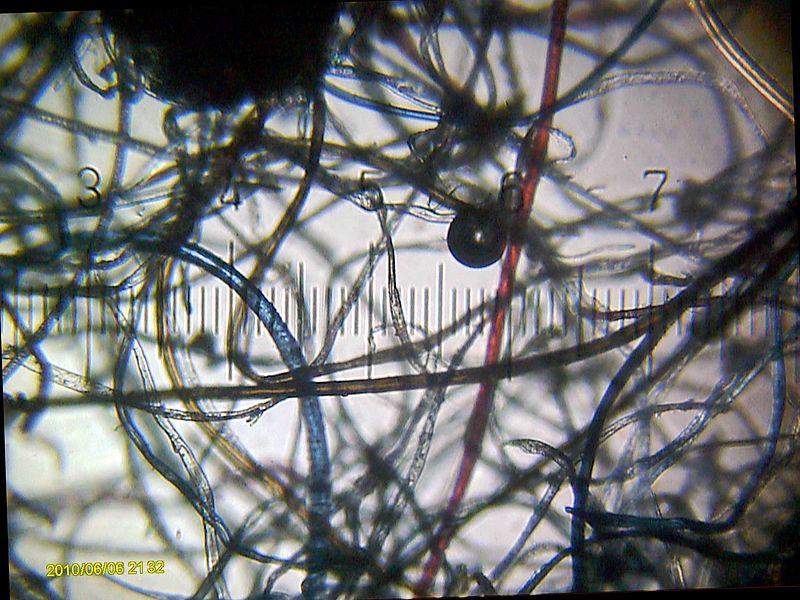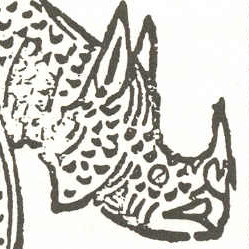Maybe you live in a super-clean house, but I don’t. If you look under the (my) sofa or bed you will see little clusters of fluff hiding there. (It’s easier to find these if you don’t have carpets.) They’re dust-bunnies.
Dust-bunnies are clumps of all kinds of detritus (waste and grunge) that has drifted around the floor in slight draughts and clumped together. They are held together by fluff – fibres from clothing, plants and paper, bits of cobweb, hairs, pet hairs if you have a hairy pet (I have a tortoise so he doesn’t contribute much) and anything else thin and stringy or strandy that has fallen to the ground. Other tiny particles get caught in the web of fibres – little bits of dead skin that have fallen off you, your family, your visitors and your pets (even tortoises), tiny fragments of paper, food, soil brought in from outside, little dead insects (or bits of them) – pretty much anything small.
A dust-bunny doesn’t have dust-bunny parents. It can start when a larger particle is moved by air currents, or even by someone sweeping – which makes it sound as though cleaning might be counter-productive. Static electricity and even gravity bind the particles together in a nascent (being born) dust-bunny. It can also make dust-bunnies clump together into super or even monster dust-bunnies. (Don’t imagine dust-bunnies are too small for gravity – gravity works between any objects with mass, even atoms.) Once a dust-bunny has started, growing bigger is easy. More and more gunk accretes (clumps together) – it’s exactly the same way that planets formed in the early solar system. As the planet/dust-bunny gets larger, it’s ever more attractive to bits and pieces wandering by, so it grows larger, so it’s more attractive… and so on. Until you have a dust-bunny the size of a planet.

But dust-bunnies have an extra component that helps them stick together and grow that planets don’t have: the fibres tangle together. It’s rather like making felt. Felt is not woven, like most fabrics, but is made by mashing fibres together so that they get tangled up. That’s what dust-bunnies do.
It’s not all fluff and fuzz, though. Some of the ingredients of a dust bunny are a lot more interesting than cat hairs and skin cells. Dust-bunnies collect the same kind of dust you see (at least in my house) on windowsills and shelves. That contains lots of skin cells, but it also has a fair share of common soil from outside, and tiny particles carried in the air. And those particles include microscopic specks of rock from volcanic eruptions around the world, spores from fungi (see Do you speak mushroom?), pollen from plants, tiny bugs and their eggs and even micrometeorites from outer space.
Not everything in a dust-bunny has to be dead. House-dust mites are tiny bugs too small to see with the naked eye that live on the skin we shed. There are lots of them – a single gram of dust can contain 200 dust mites. And they’re bad for you: they can cause asthma and other breathing difficulties when we breathe them in.
Micrometeorites? Yes. There is dust from outer space in your house. Micrometeorites are tiny particles of rock or cosmic dust that enters Earth’s atmosphere at the rate of about 30,000 tonnes a year. Most of it is burned up before it reaches the ground, but there’s probably 3,000 tonnes a year that makes it. The bits are smaller than two millimetres across, but they come from comets, asteroids, the Moon and Mars. There can weigh as little as a billionth of a gram, so there are quite a lot of them each year. (There are a million grams in a tonne, so up to 3 billion billion micrometerorites.)
So next time you look under the sofa for your lost phone or sock and see a clump of dust, remember that some of it has come from space, some might be alive, and some has come from deep, deep in the Earth.
